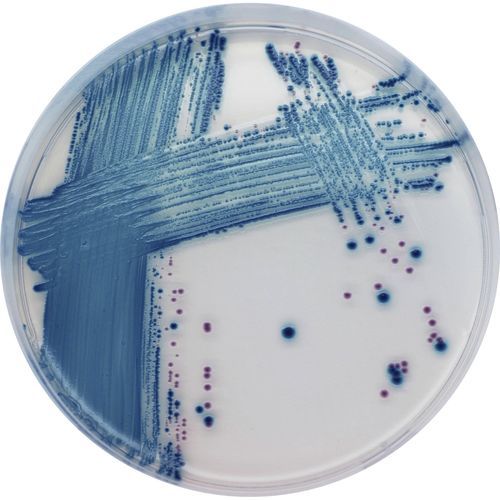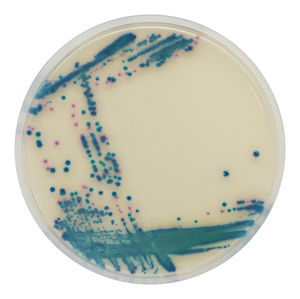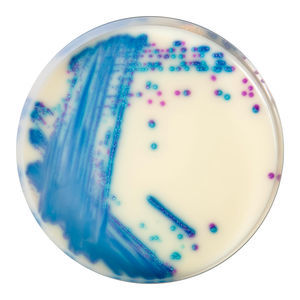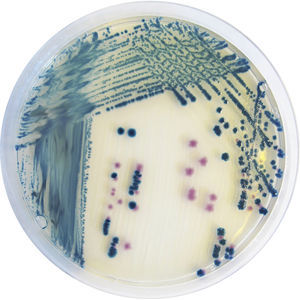
Medium reagent ST1 seriesfor microbiologyfor food productsEscherichia coli
Add to favorites
Compare this product
Characteristics
- Type
- reagent medium
- Applications
- for microbiology, for food products
- Micro-organism
- Escherichia coli, Shigella
- Storage temperature
15 °C, 30 °C
(59 °F, 86 °F)
Description
An increasing and worrisome number of studies have lately shown that, non-O157 ShigaToxin-producing E. coli (STEC) have been responsible for foodborne poisoning outbreaks. The CDC has also reported warnings about this potential risk:
“ Disease caused by Shiga toxin-producing Escherichia coli (STEC) ranges from self-limiting diarrhea to hemorrhagic colitis and hemolytic uremic syndrome (HUS). Serotype O157:H7, the most frequently implicated STEC causing hemorrhagic colitis and HUS, has been isolated from large foodborne outbreaks, as well as sporadic cases, in North America and abroad. However, 60 STEC serotypes have been implicated in diarrheal disease, and several non-O157:H7 serotypes have been implicated as the cause of foodborne outbreaks and HUS in the United States, Europe, and Australia. Studies from Canada, Europe, Argentina, and Australia suggest that non- O157:H7 STEC infections are as prevalent, or more so, than O157:H7 infection.”
CDC report « Prevalence of Non-O157:H7 Shiga Toxin-Producing Escherichia coli in Diarrheal Stool Samples [..»
Therefore, several regulatory authorities urge worldwide food industry to implement measures to control the absence of such organisms in their production. In many cases, laboratories have limited their search for pathogenic E. coli to the common O157 serotype. This is due, among other reasons, to the fact that there were no available selective culture media for non-O157 E. coli.
CHROMagar™ STEC is designed to fill this gap: detection, as mauve colonies, of not only the classical STEC O157, but also many other serotypes.
Catalogs
CHROMagar™ STEC
4 Pages
Related Searches
- Solution reagent kit
- Molecular biology reagent kit
- Diagnostic reagent kit
- Laboratory reagent kit
- Enzyme reagent kit
- Histology reagent kit
- Reagent medium reagent kit
- Bacteria reagent kit
- Blood sample reagent kit
- Clinical reagent kit
- Microbiology reagent kit
- Tissue reagent kit
- Gene reagent kit
- Colorimetric reagent kit
- High-sensitivity reagent kit
- Metal reagent
- Escherichia coli reagent kit
- Powder reagent kit
- Environmental analysis reagent kit
- Fungi reagent kit
*Prices are pre-tax. They exclude delivery charges and customs duties and do not include additional charges for installation or activation options. Prices are indicative only and may vary by country, with changes to the cost of raw materials and exchange rates.















